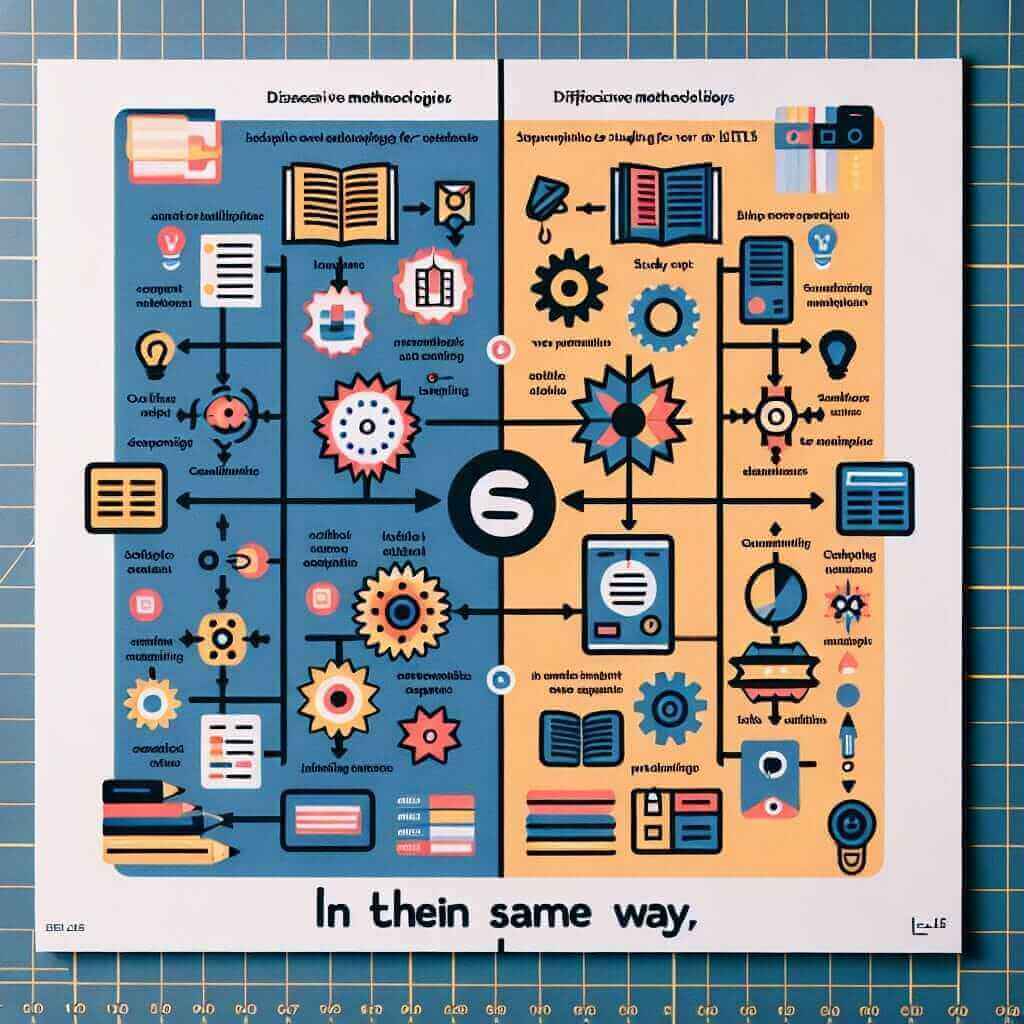“In the same way” is a powerful phrase that can elevate your IELTS writing and speaking, demonstrating your ability to make clear comparisons and connections between ideas. This article will delve into its meaning, usage, and how to effectively incorporate it into your IELTS responses.
Nội dung bài viết
For instance:
- Speaking: “Just as regular exercise is vital for physical health, in the same way, reading regularly strengthens cognitive function.”
- Writing Task 1: “The graph illustrates that car sales have risen sharply in 2023. In the same way, the demand for electric vehicles has also witnessed a significant increase.”
- Writing Task 2: “Some argue that globalization leads to cultural homogeneity. In the same way, the internet can be seen as a platform that standardizes information and perspectives.”
In each example, “in the same way” bridges two related ideas, emphasizing their similar patterns or effects. Let’s explore this further.
Understanding “In the Same Way” and Its Significance in IELTS
“In the same way” is a comparative phrase indicating that something operates or behaves similarly to something else previously mentioned. It showcases your ability to:
- Connect ideas: Demonstrating a logical flow and coherence in your writing and speaking.
- Make comparisons: Analyzing information and highlighting parallels.
- Utilize diverse vocabulary: Avoiding repetition and displaying a wider range of grammatical structures.
Using this phrase effectively can contribute to a higher band score by demonstrating your command of cohesive devices and sophisticated language.
“In the Same Way”: Formula and Applications
While the phrase itself is simple, its application can be nuanced. Here’s a breakdown of its common usage:
Formula:
Sentence 1: [Subject + Verb + Object] + [Reason/Explanation]
Sentence 2: In the same way, [Subject + Verb + Object] + [Reason/Explanation]
Examples and Analysis:
-
Writing Task 1: “The UK experienced a surge in online shopping during the pandemic. In the same way, many European countries witnessed a similar trend due to lockdown restrictions.”
Analysis: This effectively compares the rise of online shopping in the UK and other European countries, highlighting a parallel trend caused by a shared factor (lockdown restrictions).
-
Writing Task 2: “Many believe that technology fosters creativity by providing new tools and platforms. In the same way, access to diverse information online can broaden our perspectives and inspire innovative thinking.”
Analysis: Here, the phrase connects two arguments supporting the claim that technology fosters creativity. The first sentence focuses on tools and platforms, while the second emphasizes access to information, both contributing to innovation.

Mastering “In the Same Way” for IELTS High Scores
1. Varied Sentence Structures:
-
Using “just as”: “Just as regular practice improves musical skills, in the same way, consistent effort is key to mastering a new language.”
-
Incorporating adverbs: “Social media can be used for spreading awareness about important issues. Similarly, it can be a powerful tool for education and knowledge sharing.”
2. Contextual Relevance:
Always ensure the comparison is relevant and logical. The two ideas being compared should have a clear and justifiable similarity.
3. Avoiding Overuse:
While “in the same way” is valuable, avoid overusing it. Employ synonyms like “similarly,” “likewise,” or “in the same vein” to maintain variety.
Common Errors and How to Avoid Them
- Incorrect comparison: Ensure both parts of the comparison hold a logical connection.
- Word order: Maintain a grammatically sound structure when using the phrase.
- Repetition: Use synonyms to prevent sounding repetitive.
By understanding the nuances of “in the same way” and practicing its application, you can significantly enhance the clarity, coherence, and sophistication of your IELTS responses. For further examples and insights, you can explore resources like this article and this one on the use of “in the same way” for comparison. Good luck with your IELTS preparation!